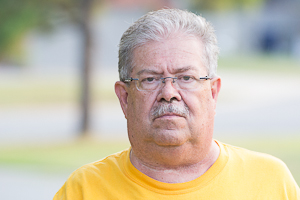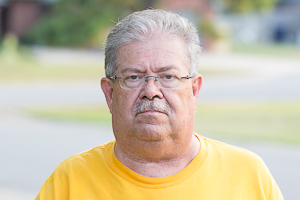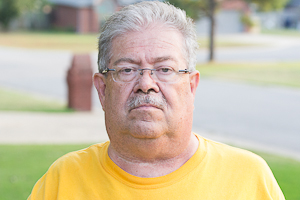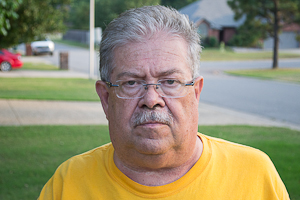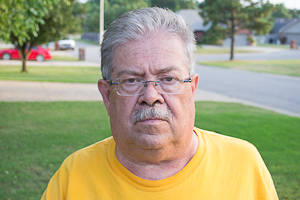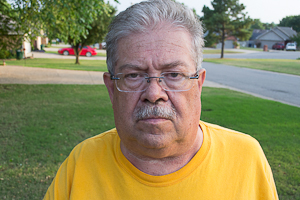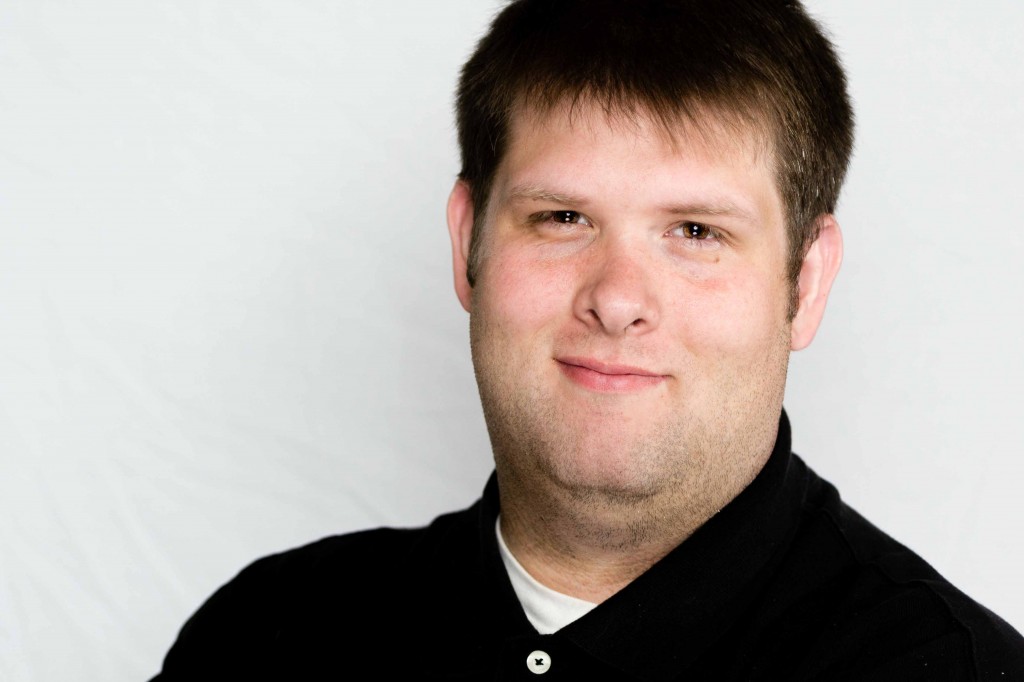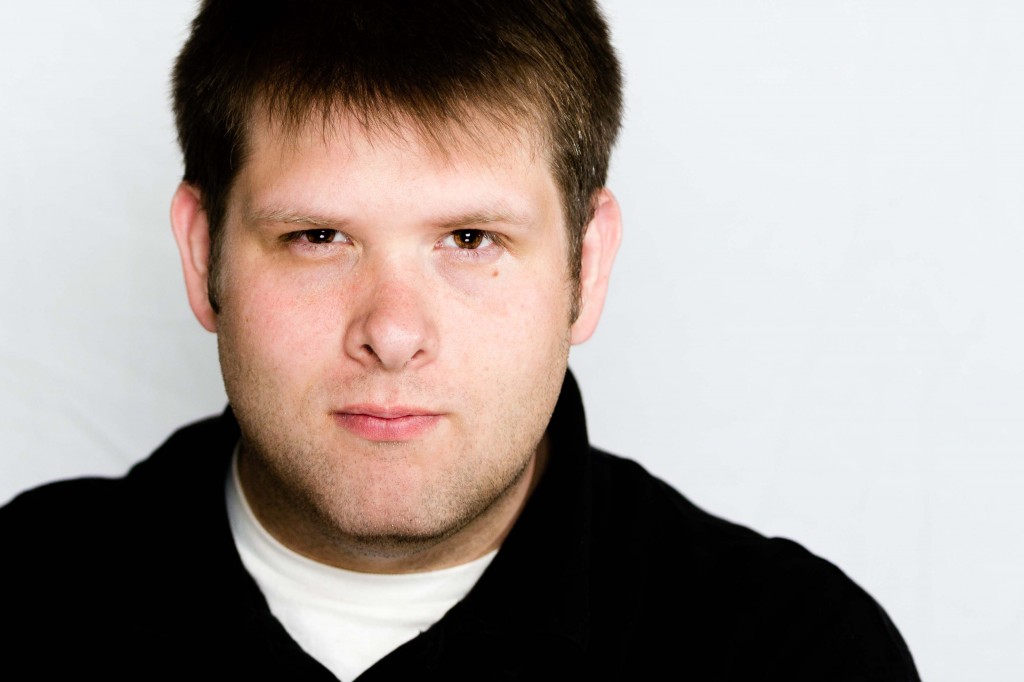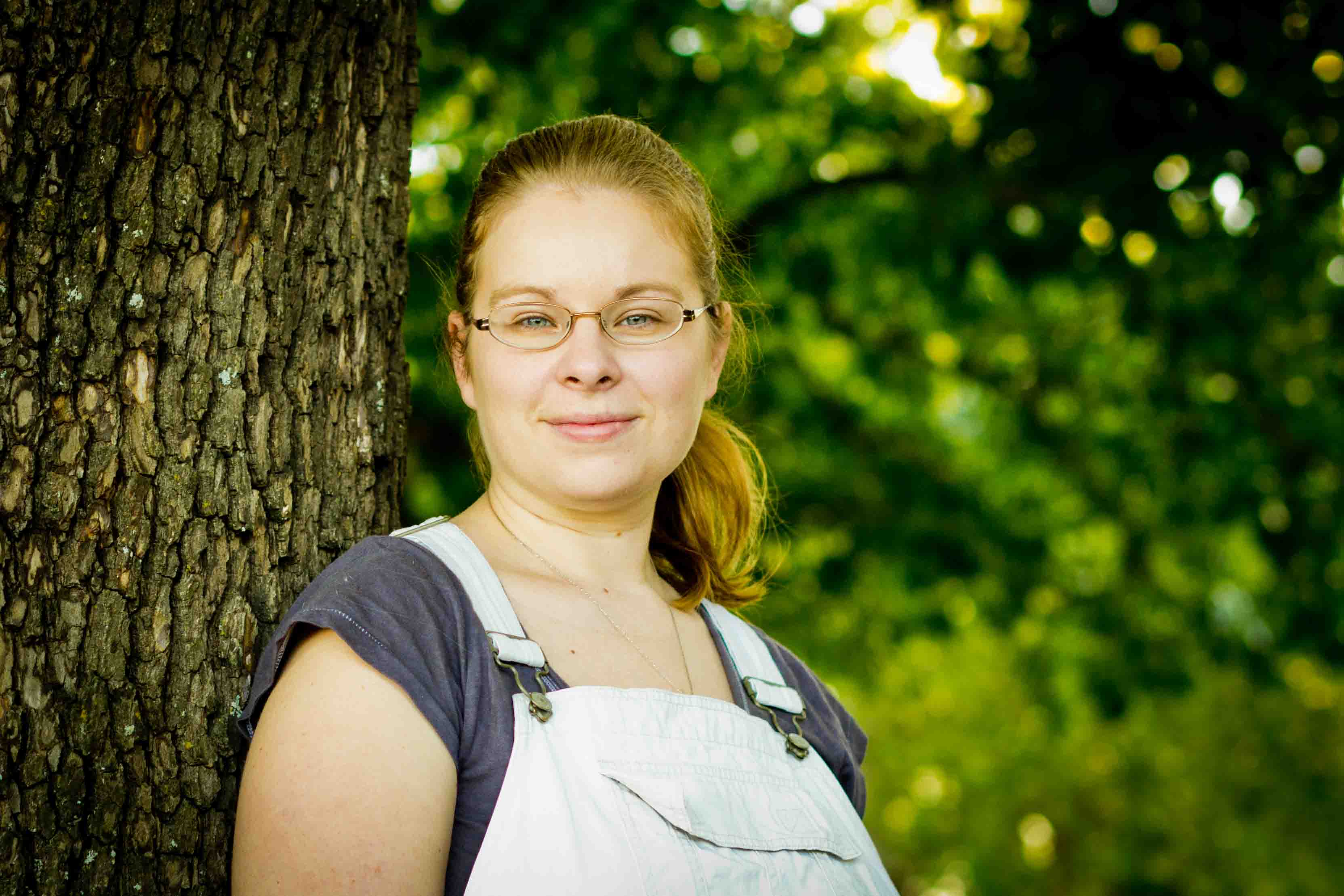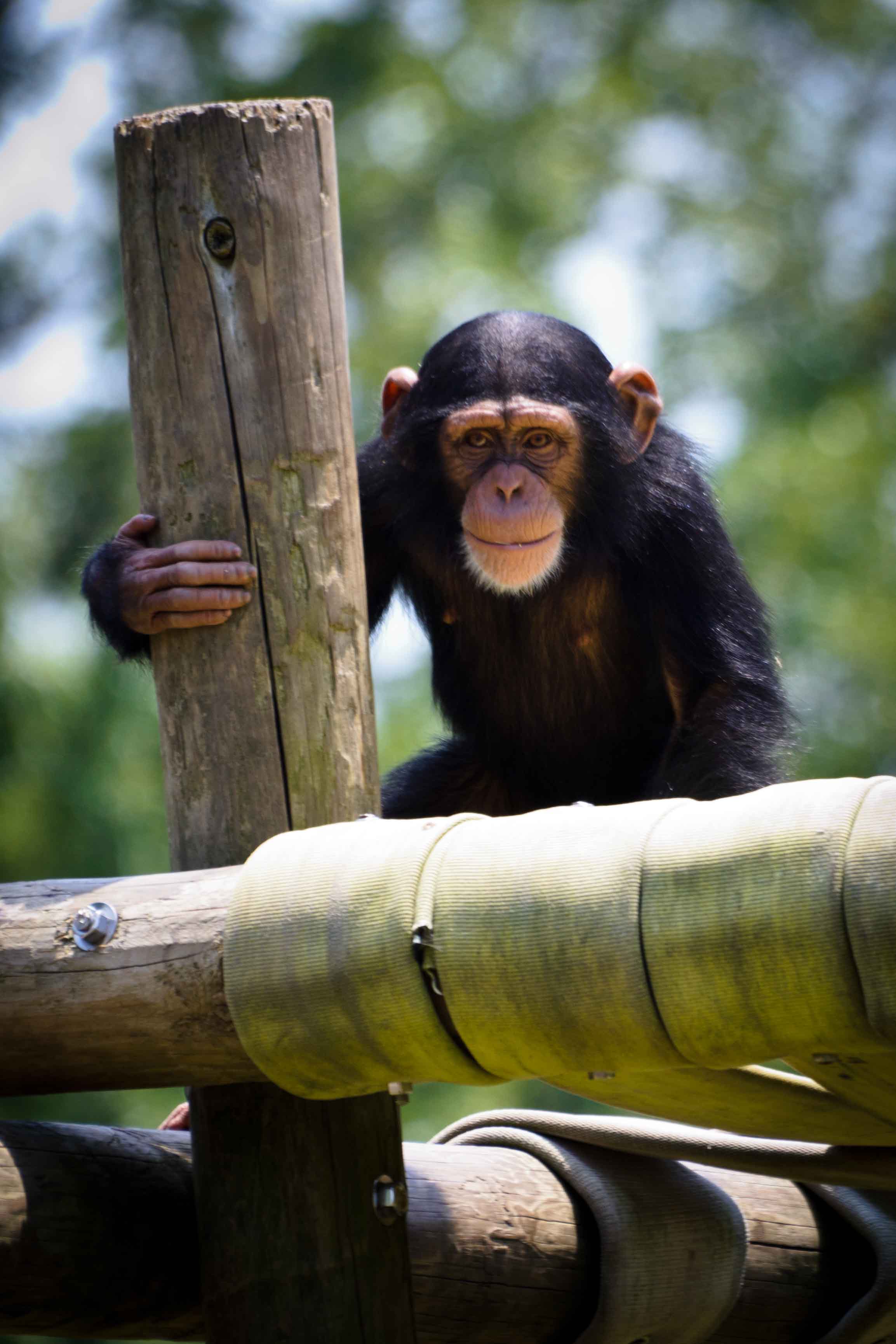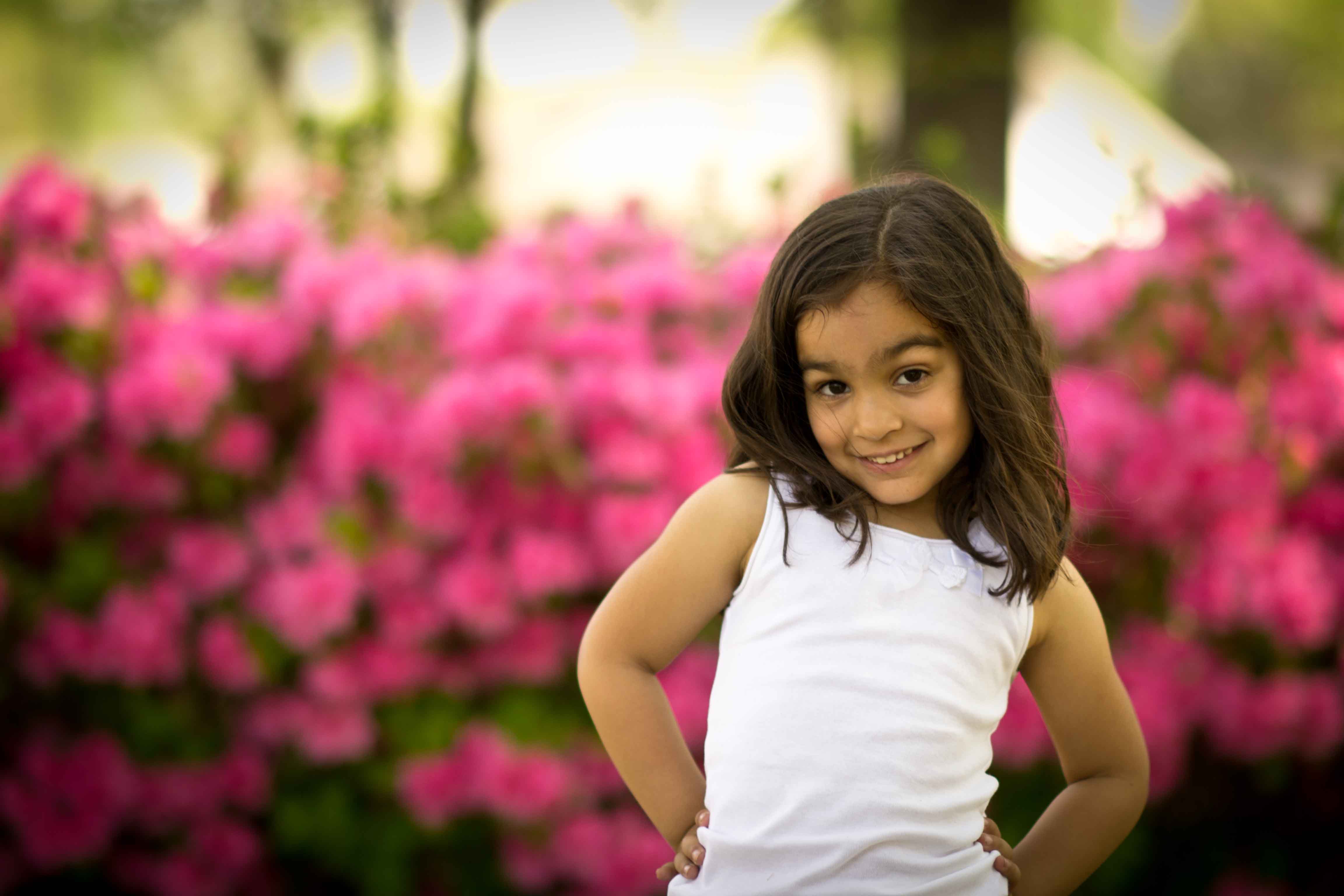Author Archive
Going pro – Lessons learned a few months in.
So many of us dream of it.
What if we could get people to actually pay us to take pictures!?
I made the leap a few months ago to dive into professional, part time, portrait photography. Not just a casual note to friends of “Oh hey, I’d like to take your picture for money” but an honest to god, client serving, advertising, web site managing , tax paying photographer. I offer on location shooting and mainly (but not only) shoot on the weekend – this doesn’t include weddings (yet).
Since so many of us talk about about it, I thought I’d share some lessons learned so far. Is this everything? Absolutely not. Will you find yourself in the exact same situation? Absolutely not. Have I been successful for being in business for just a few months? I’ve been booked, selling numerous prints, and making money nearly every weekend for the last couple of months.
Here’s 3 things I learned in the last few months that made a big difference.
Get out there, in public, and shoot.
People need to see you out and taking pictures. Wear clothes with your logo, a hat, a sticker on your camera bag – something that starts to tell people who you are. You need to start getting yourself in the public eye and taking pictures that expose you to as many people as possible. For the first few weeks, if I wasn’t booked, this is what I was doing. I was shooting some program, sporting event, something, somewhere, in public.

One of my first big breaks came from charity work. It was a kids soccer program for special needs children. I went one Saturday morning to take pictures of the kids playing (with the the program’s permission) and donated the pictures to the program – no strings attached. It was minutes before I received an email back raving about the pictures and more importantly – an invitation to come back the next week and setup a little portrait session with each kid after they got their last game medal. Photograph the kiddo, give mom and dad a business card, and then post the pictures for them to buy. Loads of sales and exposure to many, many people who now associate me as a valid, working, professional photographer.
Get out there and let people who know who you are. Exposure is king.
Be efficient in post processing.
I’m a big research guy. One of the first thing I did was talk to several people who had been in the industry in my area and weren’t anymore. Over half of them gave the same reason – “Too much time spent processing afterward.” Many of them told me for a one hour shoot that they would spend as much as 4 to 6 hours post processing!
Don’t do that.
First off, get it right in camera. Don’t take a shot and know that it’s going to require an hour worth of Photoshop to get it right. Unless you’re sure they’re going to buy it as a large print on the wall, it’s probably not worth it.
Second, get the right tool for the job. A huge, huge amount of the work can be done in just Lightroom (I’m also under the impression that Aperture excels here as well). I’ve had a Picasa and Gimp workflow before…it’s not pretty. The newest version of Lightroom goes for 150 USD and it will be the best money you ever spent. You’ll crank through your pictures at lightning speed comparatively.
Third, people pay for the emotion that pictures present. Your processing should be emotion driven. Don’t spend a long time on an effect that ultimately does little for the emotion of the picture.
How long does it take me to post process and what do I typically do? If a shoot goes great and there’s no surprises … I cull an hours worth of pictures down to 20-30 pictures, correct for color, tweak crop and exposure, and spot heal acne and such in about an hour. I’m quite ruthless though in my culling – if its not flattering for the client naturally, then I rarely spend the post time on it. Clients usually have their photos back quickly and they love it.
Get your post processing streamlined and efficient so you can spend more time at the camera.
Offer deals, but know that your quality ultimately sells.
I bucked ‘the establishment’ a little and offered a LivingSocial deal (a Groupon like service) – large, LARGE discount on services, half the discounted initial revenue shared with LivingSocial, but massive exposure – thousands of people in the area. That’s really against the current ‘wisdom’ of internet photographers.
I read countless posts of – “these are bargain hunters, they won’t buy any past the purchased deal”, “expect these people to be rude and not interested in your business beyond the phenomenal deal you’re offering”, and other such warnings. So, whats been my experience with the advice offered?
Total and utter crap.
Every customer has so far purchased a non-trivial amount of prints beyond the initial deal. They’re giving out business cards to neighbors. They’re booking future sessions. Why? Because they rave about the quality of the pictures. The deal included only one print and low res digital files. If they want additional prints, they have to come back. You give them 20 high quality pictures for a major event in their life – kids 1st birthday, engagement, newborn, etc – and there’s simply no way that their family or such will want only 1 between them all. They will order because they want amazing pictures from you.
At the end of the day, deal or no deal, your quality sells once they’re “in your door”.
So far, going pro has done more for my photography than anything else. I’m consistent, polished, and personable and my pictures grow by leaps and bounds. I’m not practicing on clients. Just growing in the profession. In the future, I’ll cover the practical reality of shooting on location and part time.
Portrait perspective
Why are certain lenses called ‘portrait’ lenses? Because its all about the perspective!
Classic portraits portray the best version of the person and part of that is not exaggerating features. We have a view of people that we normally see. Features looks normal at this distance and generally the person looks like the ‘normal self’. When you change your distance to the subject, your perspective changes. Features, such as a nose or lips, become more exaggerated. It’s not the focal length itself that changes your perspective, but the fact that you have to move closer or further back to keep the same composition with a different focal length.
To demonstrate this, here’s a series of pictures (the first half of which use the lovely Nikkor 70-200mm f/2.8 VR II on loan from our program) to demonstrate the fact. This is on a crop sensor camera, so the classic portrait range starts around 50mm but can be pushed to 35mm. These start from 200mm and end down to 18mm. See how the nose gets more exaggerated slowly and by the end is enormous! Each shot is framed approximately the same. I zoomed out and took a step in to keep the framing the same.
At this point, you can see the nose is clearly more prominent than at 200mm. Is it a problem though? Not at all.
Up until this point, the features look pretty standard, nothing major happening.
The features on the front of the face are clearly larger here! We’ve moved outside the ‘portrait range’ and it’s evident why the range exists!
So the change in perspective becomes pretty obvious by the end and you can see why the 50mm is the standard ‘start’ of the portrait lens length on crop sensor bodies. The features start to distort shortly after it. You could use 35mm on a crop sensor body in a pinch though.
The amazing jawline.
So the jawline trick from the amazing Peter Hurley has been all the rage among portrait/headshot enthusiasts since it was released. A jawline can make or break a picture. It’s a difference between ‘eh’ and to quote Peter, “SHABANG!“. Peter has specialized in headshots for years and dropped this bomb: put your forehead toward the camera to accentuate the jawline.
Seriously, turtle your head forward a bit – you shouldn’t look like a cartoon character, but if it feels natural, you’re probably not doing it right. This is if you’re head on, looking straight at the camera. If you’re at angle – shift your whole head, ears first, toward the camera. You’ll get the same effect. The skin stretches out and shadows outline the jaw, giving it shape and definition. For somebody with a double chin (like yours truly), it can work miracles!
(Shots were done with the Nikkor 70-200mm f/2.8 VRII on loan from our gear grant program – give the program a try!)
Here’s a self portrait. The first one was me just standing around in a ‘normal’ pose. Embarrassed to put this online…yes, yes I am.
Here’s the next one – utilizing the jawline trick. My forehead shifts forward and slightly down. Notice the dramatic difference in the jawline and the overall feel of the picture!
Next time you’re doing headshots (hopefully not of yourself!), get them to crane that neck forward a bit. If it feels wrong, they’re probably doing it right! Show them the difference just a little jawline can make.
Peter covers the trick extensively in the video linked above. This is a short example and small ‘how to’ on just how powerful it can be.
Portraits at any price.
I photograph people. You can use any lens, any lighting, and any technique you like but some things just work for portraits. In this post and some futures ones, we’ll cover a few lens options (this is not an exhaustive list) at various price points for doing portraits. These pictures were taken on a APS-C sized sensor, so if you’re working with full frame, you’ll need to consider that in your working distance. These aren’t meant to be full review of the lenses, but of how they perform for portraiture.
OPTION: 50mm fast prime – 100 USD to 500 USD for most options, depending on mount, brand, at either f/1.8 or f/1.4
The lens used below is a Sigma 50mm f/1.4 EX DG HSM. It has an excellent build, feels good in the hand, focuses fast (although not as fast as a higher end Nikkor AF-S), but this particular 50mm is a tad on the heavy side. Fundamentally, you should be able to get approximately the same shots from most 50mm lenses. Its rare for me to shoot at f/1.4 so for the most part an f/1.8 lens will work (I usually stop down for increased sharpness).
What we’re aiming for here is sharp features, good separation from the background, and the background sufficiently blurred so that it doesn’t distract. The image is more or less successful here. The features are sharp, the woman stands out from background fine, but if anything, the background is not sufficiently blurred. The bokeh isn’t bad, but it doesn’t quite ‘blur’ together. I could have stopped down more and perhaps blurred it more, but most nifty fifties in this range appear to have about this quality of bokeh. Not bad, but not ‘super creamy dreamy’. Subject feature compression, more is better generally, is a function of the distance to the subject. A shorter focal length requires you to stand closer which results in less compression. The 50mm is the edge of what is ‘ok’ here. The features aren’t exaggerated but they’re not particularly minimized. We’ll see other options to address compression.
Overall, the fast 50mm on a APS-C body makes a fine portrait lens but a greater focal length would allow us to stand further back and increase the feature compression. Of course each brand and specific lens will vary somewhat.
OPTION: Super telephoto – 150 USD to 300 USD for 200mm’ish range, not particularly fast with a largest aperture of f/4-f/5.6.
The lens used below is a Sigma 70-300mm f/4-5.6 APO DG. These, and their name brand counterparts, are the lenses that many people get as their second lens. They’re often sold in combination ‘deal’ packs with starter cameras. They’re super telephoto lenses that start in the 50-70mm range and end in the 200-300mm range. They’re typically slow on the maximum aperture and, generally, aren’t known for their excellent optics. The pros will use this same focal length, but with a fast and constant f/2.8 aperture (we’ll cover that lens in another post).
Portraits aren’t only for people! The more exaggerated features will make this point more obvious. What we’re looking for here is the increased compression. The features like noses and chins should not stand out. However, we don’t want to lose subject sharpness, separation, or background blur. The giant mouth and chin are minimized such that for a portrait the compression is certainly effective here. But we’ve traded on sharpness and especially background blur. The out of focus highlights are individual and sharper – they don’t run together to produce a ‘creamy’ scene behind. This is usually a function of the quality of the lens and the fact that its maximum aperture is rather slow.
Overall, these lenses provide adequate portraiture but often lack in sharpness and especially bokeh quality. Of course each brand and specific lens will vary somewhat.
OPTION: 85mm top end, fast prime – 1700’ish USD for an f/1.4 (or Canon users have a f/1.2 option).
The lens used below is the Nikkor 85mm f/1.4G AF-S. It’s a professional level lens with a professional level price tag of around 1700 USD. The build quality is excellent on the lens (although the 50mm Sigma has about the same weight and quality feel) and its focusing is fast, but not superb. It has a maximum aperture of f/1.4 that produces great, creamy backgrounds but was often too fast for outdoors without a ND filter.
The features are sharp, there’s good separation from the background, the background itself is uber-creamy, and we’ve got enough compression that the features are minimized. The focal length is perfect and what 1.7k USD buys you is that amazing creamy background. There aren’t any individual circles and it looks more like a water color painting in the background. Overall, you get what you pay for with this lens. It’s not without fault though. It’s heavy for a prime lens that you’ll want to shoot handheld and it’s focusing speed definitely lends itself to planned portraits more than action.
Overall, if you’ve got the dough, its an excellent, professional portrait lens.
These are not all the options, but they’re common options for portraiture. In the future, we’ll cover a f/2.8 macro lens in the 100mm range, the 70-200mm f/2.8 lens (a favorite of the pros), and a wide angle lens (just for comparison’s sake).
In the photographer’s mind: An interview with top rep user Matt Grum
This week I’ll be posting portions from an interview with our resident top reputation user, Matt Grum. He’s a software developer by day and photographer by night – the near superhero like duality many on here hope to achieve. I’ll be posting major snippets and linking to the full text. Check him out at mattgrum.com. (The various … are just in there to indicate the actual chat conversation contained other pieces there.)
Me: When did you start photography and what got you interested in it?
Matt Grum: My parents were both amatuer photographers, and I was given an old olympus OM as a present when I was about 11 or so. I remember learning how to use an SLR, and I was particularly interested in double exposures and doing long exposure photos of fireworks etc.
Me: Did your parent’s style of photography influence you?
Matt Grum: I guess not, my dad was more interested in the technical side, being an engineer. My mum would shoot mostly nature and landscapes. Even at that age I was more into setting up shots and experimenting. Rather than shooting what’s around me. … I’m very into colours, and spend a long time trying to get the right [colours].
Me: You do a lot of portrait work though, yes? Seems like a lot of events, band photos, weddings, etc
Matt Grum: Yeah. I must admit I at least try to be broad and do as much as possible, but you have to try and present a certain image on the web – towards the sort of work you want to get. But yeah, there’s stuff I wouldn’t put on my main site. Like this: http://www.flickr.com/photos/matt_grum/2064359396/in/set-72157603293003008
I don’t think you’d hire that guy as a wedding photographer. …
Me: Is that the kind of stuff you want to do, but can’t as a mainstream photographer?
Matt Grum: Well you can do both, you just have to market them separately.
…
Me: You’re currently in computer development as a large part of your income, yes?
Matt Grum: Yeah, my background is in software engineering. (Like a lot of folks on photo.se.)
Me: So, you’re doing photography professionally ‘on the side’ then?
…
Matt Grum: Yeah, I know lots of people who are living on photography, but I prefer my situation for now as it means I don’t have to compromise on quality. I can be picky.
Me: Sure, only taking the jobs that you like. Do you find it difficult to balance with your tech career?
Matt Grum: Not really. The two can complement each other.
Me: In what way?
Matt Grum: Going back a little, before I did any software engineering I did a CS degree, then a PhD in computer science. My thesis was in constructing 3D models from photographs. … So there was lots of image processing stuff going on. As a result I gained an insight into how things like photoshop work. … I think that definitely helps when you’re processing photos. But coding skills come in handy from everything from scripts to batch process photos to building your own website. A lot of photographers pay good money for websites and other IT support. It’s nice to be able to do it all for yourself.
Me: Given the PHD in CS, what prompted you to go semi-pro in photography then, instead of just an active hobby?
Matt Grum: I love doing it, more than can be contained within a hobby, I think. It also helps justify huge investments in gear.
…
Me: Many pro photographers have made note that the business and marketing of being pro/semi-pro in photography is just as much or more work than the actual photography portion – is this true for you as well?
Matt Grum: Yeah unfortunately!
Me: In what way for you? What marketing methods do you employ?
Matt Grum: I seem to spend most of my time buying jewel cases for CDs and speaking to people. I don’t do much in the way of direct marketing at this point. I let the photos speak for themselves and rely on word of mouth.
…
Me: How did you ‘break into’ the scene professionally? Did you shoot second for somebody, or gigs from friends, or..?
…
Matt Grum: You always do your first gig as a favour, and then realise you’re good enough to get paid. I’ve never assisted a professional. … Yeah I did a lot of photography at uni for the campus papers and magazines. Lots of people knew me and then when they graduated.
Me: Ah, ok, that makes sense now. … Any business is about connections. Since it seems so easy to ‘put the word out’ and many people consider themselves a photographer just for owning a DSLR – have you been affected by the flood of the market, or have your connections and body of work shielded you? Has it affected volume and/or prices?
Matt Grum: Whilst it’s true that there are lots of people offering cheap photography services with a consumer DSLR. Quality always speaks for itself. If the flood were doing work of the best quality then prices ought to fall. … There are certainly people who are on a limited budget, I appreciate that, but I’m unwilling to compromise. But there are other people who offer services at lower prices, and that’s fine. That’s about as tactfully as I can put it!
…
Me: Do you have any advice for any of the photo.se crowd that may be looking to go semi-pro? Things to consider, watch out for, warn about, etc. Looking back, the ‘if only I’d…”?
Matt Grum: My advice would be: “don’t”
Me: Protecting business eh? 😉
Matt Grum: And if that’s enough to put you off, then you’re probably not cut out for it! Haha no. You’ll get a lot of people telling you not to. So the most important thing you need is determination.
…
Me: So, what draws you to hang around photo.se? You’re an answering machine!
Matt Grum: After I learned how to use a manual film SLR I fell out of love with photography, developing was expensive and I had limited funds and I slowly stopped taking photos. I got back into it when digital photography started becoming affordable. At that point I read up on anything and everything I could get my hands on. … Coming from a technical background I found it all fascinating. I bought my first digital camera in 2000, after extensively borrowing a friends. I’ve always liked education/learning, just have a massive appetite for knowledge. I wanted to be a university lecturer for a long time. … I remember actually why sparked it off for me with photography. …Was that I knew from being taught to use an SLR by my parents that closing the aperture increased your depth of field. One day I suddenly realised that I had no idea why. So I dutifully looked it up and then everything else that I didn’t know about photography.
…
Me: So, in terms of photo.se – is there a direction you’d like to see it go? Do you like where its at? Anything you’d like to see change?
Matt Grum: I think it’s going quite well, it’s one of the more successful stack exchange sites. This will be controversial, but I’d like to see questions on videography. … There’s a huge overlap when it comes to lenses, lighting and processing. … There’s loads of stuff I haven’t a clue about when it comes to videography. I’ve never really done it but some stuff that’s related to lenses that I could answer. So I’d like to both ask and answer questions. I think the larger crowd on photo.se would be beneficial.
Me: I think also, in terms of lighting, lens, etc – many of us (myself included) had decided recently to start trying to accept them as long as they related well to DSLR videography – but that was just before avp.se came up. So I don’t know where that stands now.
Matt Grum: I dont think the influx of video questions would dilute the site too much.
Me: I don’t either, but you’re right in that it’s controversial, many users see a clear distinction. … Well I think that kinda wraps up the interview! Thanks so much for doing it! I know you’re a busy guy!




